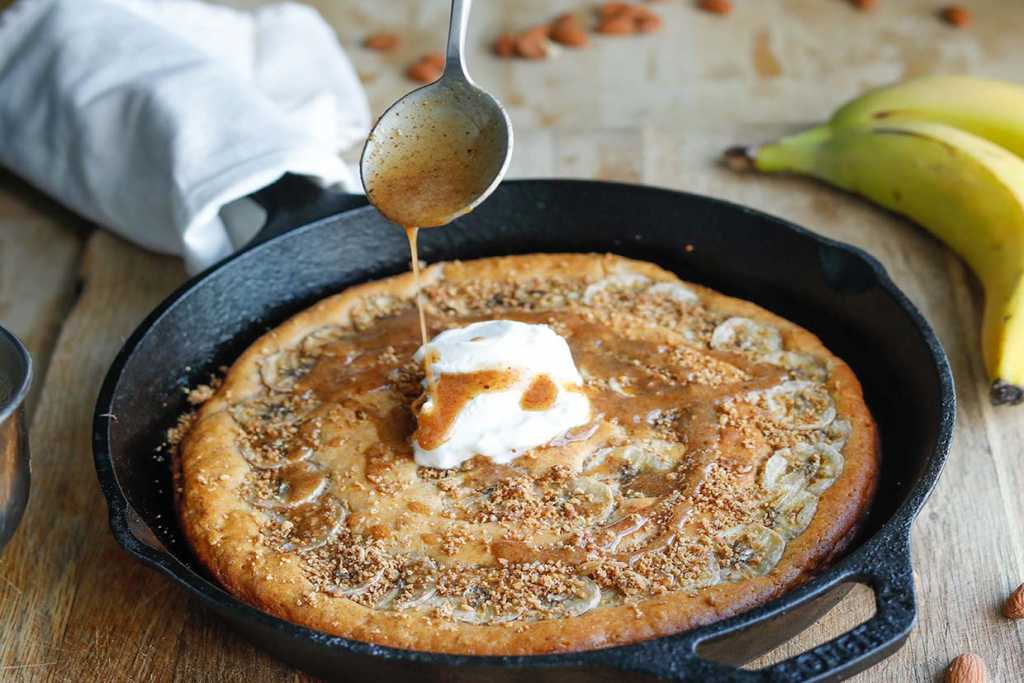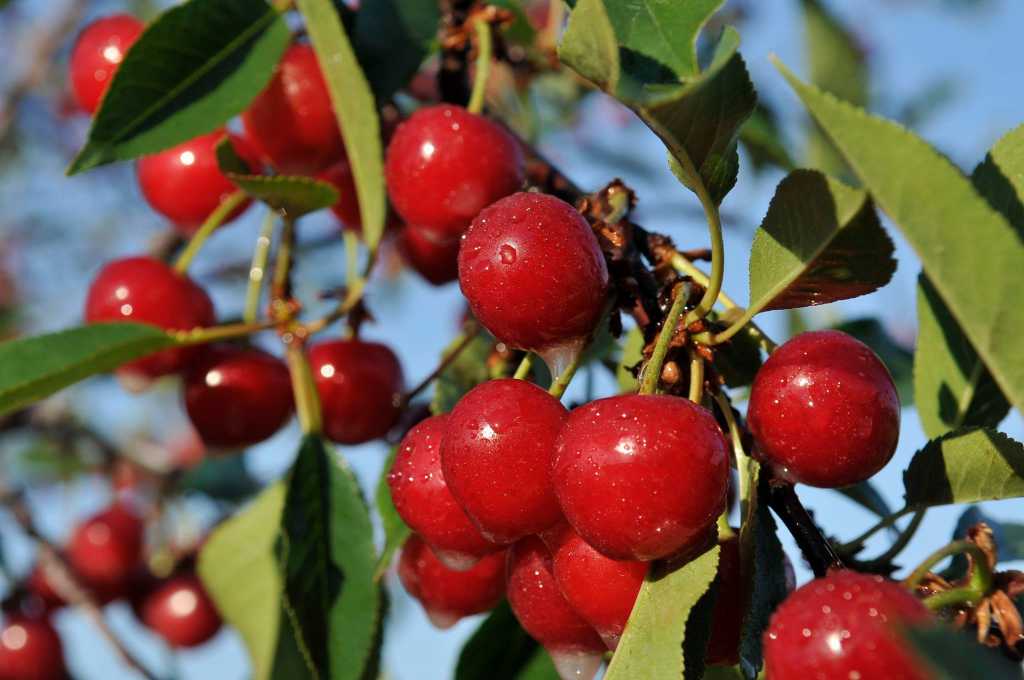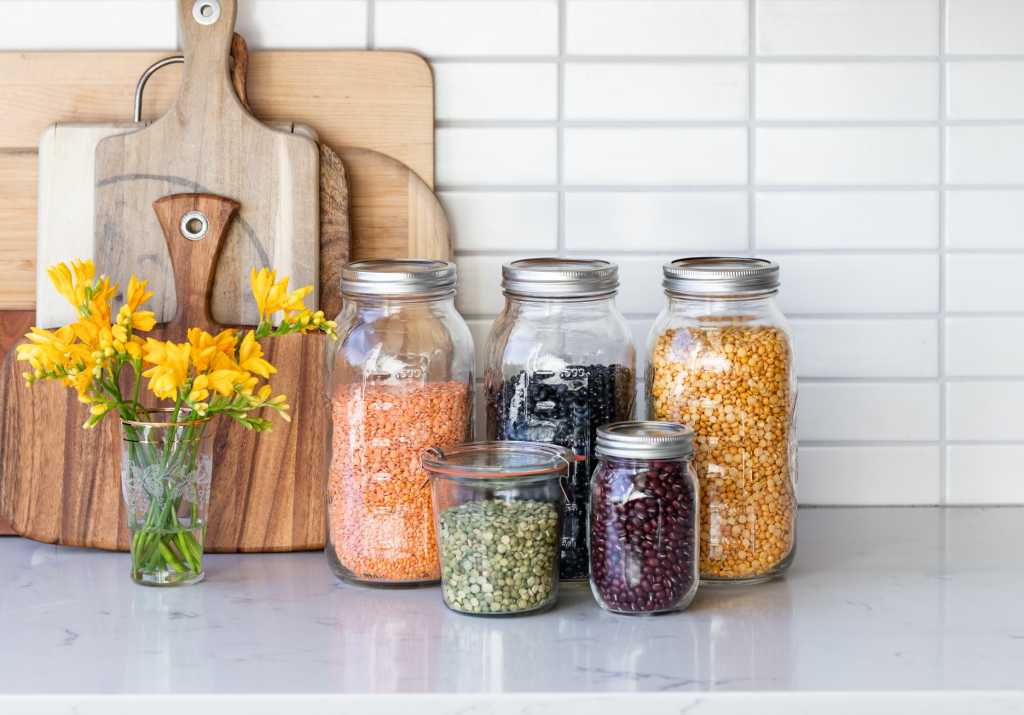What is Gluten?
Gluten refers to a group of proteins found in grains, including wheat, barley, rye, and triticale (a cross between wheat and rye). Gluten is needed for many baked goods. When water is mixed with flour, gluten provides the sticky texture of the dough.
So why the need for gluten-free food?
For one, there are people who have a chronic autoimmune disorder known as celiac disease and need to avoid gluten. The ingestion of gluten amongst those affected by celiac disease causes inflammation of the small intestine. Celiac disease causes symptoms such as a range of digestive problems, fatigue, joint pain and deficiencies in micronutrients, such as iron.
A dietary restriction can also be linked with a non-celiac gluten sensitivity (also called gluten intolerance). Some people may not be diagnosed with celiac disease or wheat allergy, but still experience digestive problems, headaches, and fatigue, among other symptoms when eating gluten-containing foods.
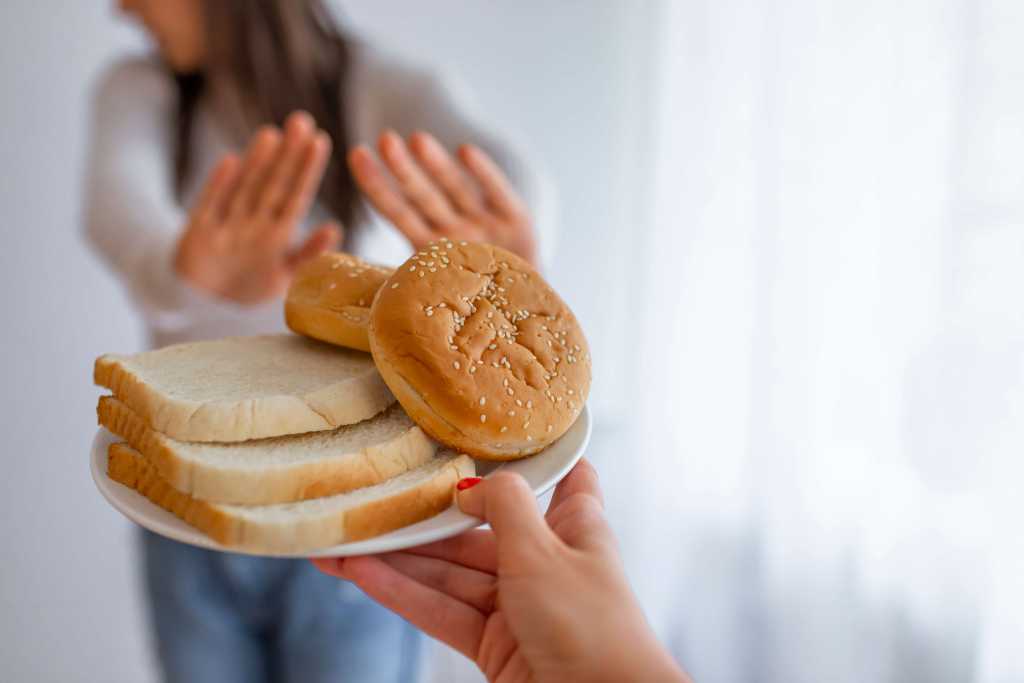
The Big Three
According to the Celiac Disease FOUNDATION, the “Big Three” when it comes to gluten are: wheat, barley and rye. Wheat is commonly found in breads, baked goods, pasta, cereals, sauces, and salad dressings. Barley is commonly found in malt (malted barley flour, malted milk and milkshakes, malt extract, malt syrup, malt flavoring, malt vinegar), food coloring, and soups. Rye is most commonly found in rye bread, such as pumpernickel, and cereals.
Most foods are gluten-free. These include meat, poultry, nuts, seeds, dairy products, as well as fruits and vegetables. Although the most common grains contain gluten, not all do. Corn, oats, buckwheat, rice and quinoa, for example, are gluten-free. Processed foods can contain gluten, even if you don’t expect it. This is true for soy sauce, for example.
1 NHS. Coeliac disease, https://www.nhs.uk/conditions/coeliac-disease/causes/.

Gluten-Free Alternatives
Having a gluten-free diet, doesn’t mean that bread and pasta are completely off the table. Like for many dietary requirements, there are certain alternatives to common gluten products and ways to adjust recipes so they are gluten-free.
Baking
Most baked-goods require flour, whether you want to bake a cake, bread, or pastries. Wheat flour, which is not gluten-free, is widely used in commercial and homemade baked goods. Fortunately though, there are a variety of other types of flour that can be used instead.
Almond flour is a low-carb, nutrient-dense flour made with ground blanched or natural almonds. Aside from being gluten-free this flour type provides nutrients that are often lacking, such as fiber, calcium, iron and protein. Some say it has a bit of sweeter taste, making it ideal for pie crusts, cakes, and other pastries.
Chickpea flour, made from dried chickpeas, has a mild, neutral flavor, making it suitable for various baking applications. This legume based flour is popular in Middle Eastern and Indian cuisine and can be often found in falafel and hummus.
Buckwheat flour, contrary to what the name suggests, does not contain a wheat grain and is gluten-free. The darker flour has a somewhat nutty flavor and can be used for all sorts of baking. However, it is said that it doesn’t rise very well, which is why it is suggested to be mixed with other gluten-free flours to achieve an optimal baking result.
Overall, mixing different gluten-free flours is recommended in order to ensure the desired consistency for certain recipes. Other gluten-free flours include: Sorghum flour, Millet flour, Amaranth flour, Oat flour, Coconut flour, Teff flour, Arrowroot flour, Rice flour, Cassava flour, Corn flour, Tapioca flour and more.
Aside from flour, it is also possible to bake using other ingredients. Pulses, such as beans, chickpeas and lentils, are a great alternative for baking, often providing additional nutrients. Black beans are particularly well suited for chocolate-based baked goods such as brownies, truffles, and cookies.

Recipes: Gluten-Free Baked Desserts
- Sweet Potato Chocolate Blondies made with American Sweet Potato and Almond Flour
- Lemon Pound Cake made with pea flour and other gluten-free flour
- Purple Potato Brownies made with purple USA Potatoes, cashew butter, and almond butter
- Gluten-Free Walnut Cake made with walnut meal and brown rice flour
- Gluten-Free Brown Rice Espresso Brownies made with U.S. brown rice and espresso powder
Pizza, Pasta and More

Pizza and pasta are delicious – but sadly, not always the best for a gluten-free diet. Traditional restaurants may not offer many options without gluten, but there are ways to enjoy pizza and pasta! Since there are gluten-free flours, it is possible to find gluten-free pastas, such as chickpea pasta.
If you want to make your own pizza crust, then the Gluten Free Potato Pizza Crust is a great choice. Made with gluten-free flour and U.S. russet potatoes, this pizza dough is the perfect base for your choice of pizza and toppings – whether you like a classic Margarita pizza or a fun mix of sausage and vegetables.
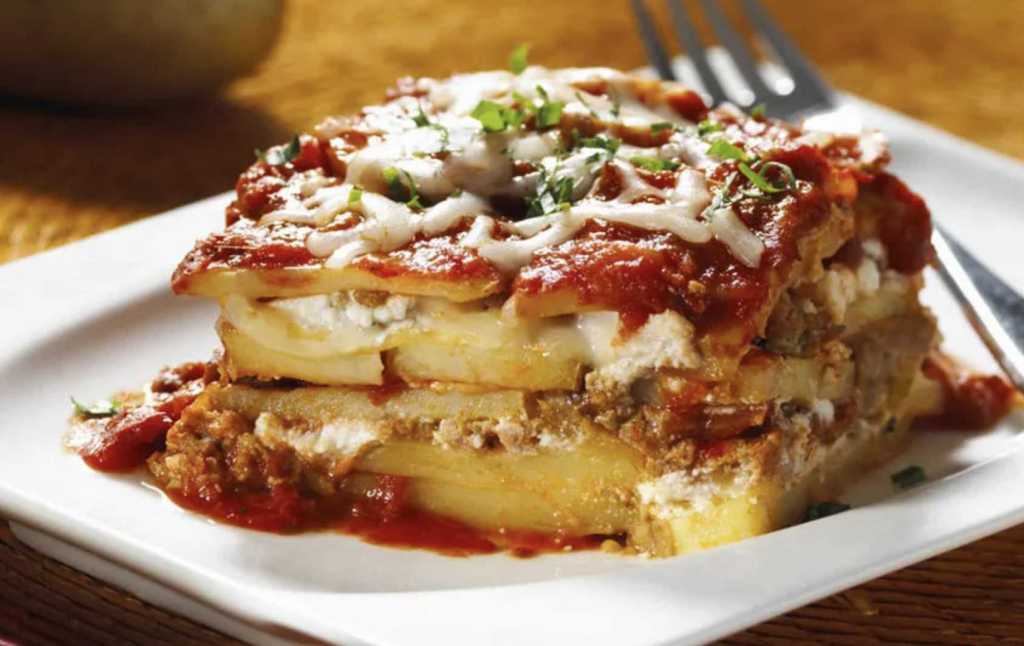
Interested in completely replacing flour in savory recipes? Then pulses, rice, and potatoes will be your best friends! Instead of using classic lasagne sheets, you can go with potatoes!
The Quick Gluten-Free Potato Lasagna does not disappoint with its flavorful layers of ricotta and mozzarella cheese, marinara sauce, Italian turkey sausage, and thinly sliced Yukon Gold potatoes.
The Beet and Rice Flatbread is another fun way to enjoy your favorite savory meal without needing to use flour!
U.S. Sushi rice and beets pulse together to create a stunning and delicious gluten-free flatbread. Layer with store-bought or homemade hummus and toppings that include the beet leaves and stems.
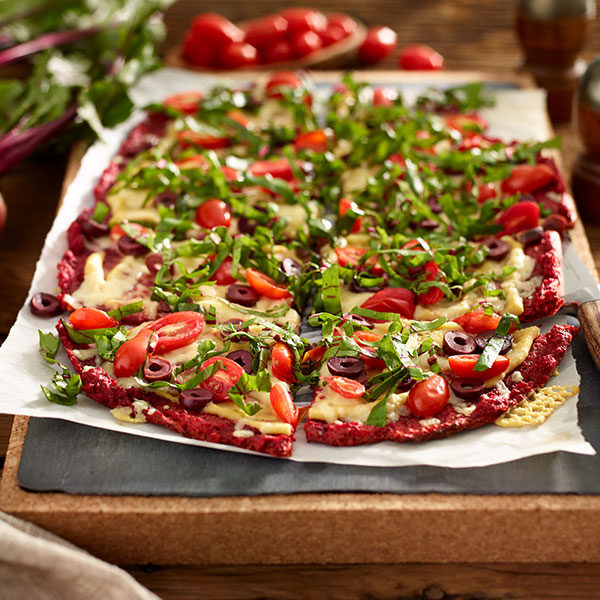
Breakfast
There are plenty of ways to start the day with a gluten-free breakfast. A lot of foods are naturally gluten-free such as yogurt, fruits, eggs, potatoes, bacon, and more. There are, however, also a few classics that need some ingredient changes in order to be enjoyed safely.
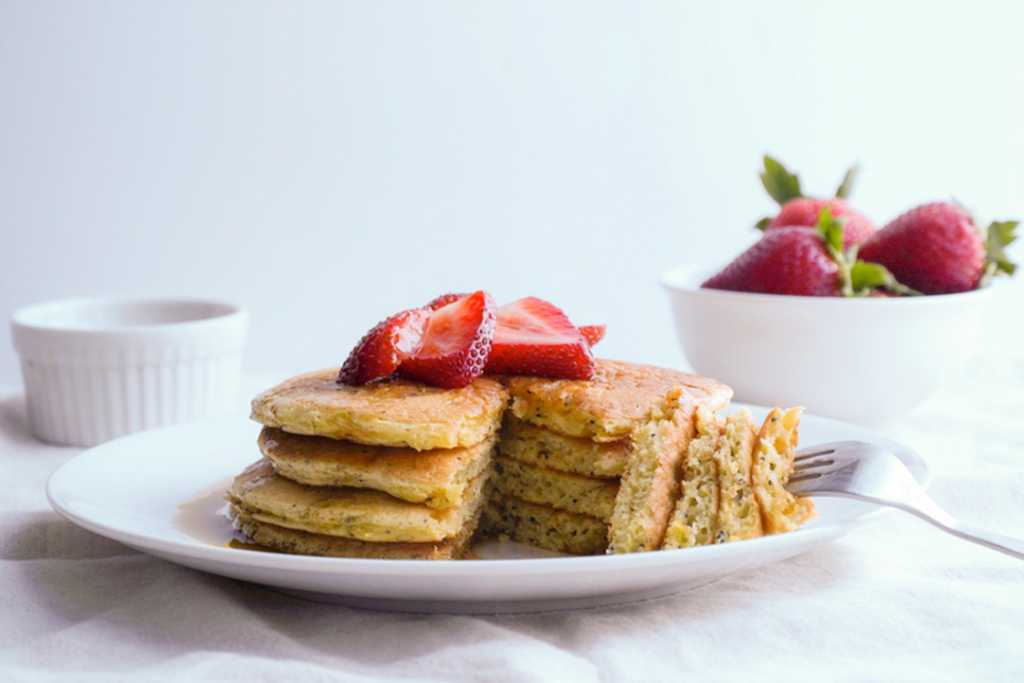
Granola, for example, is not always free of gluten. Why? Most granola is made with oats, which in their pure form, are safe for the majority of people with celiac disease and can add diversity and offer many nutritional benefits to the gluten-free diet. However, cross-contact may occur when oats are grown side-by-side with wheat, barley or rye, which is why the Celiac Disease Foundation’s medical experts recommend only oats labeled gluten-free.

The Gluten-Free Walnut-Raspberry Granola is made with gluten-free rolled oat flakes along with a variety of other nutritious and tasty ingredients such as California Walnuts, sunflower seeds, pumpkin seeds, frozen raspberries, honey and vanilla.
Craving some tasty pancakes? Then check out the Lemon Poppy Seed Pancakes! These pancakes by Simple Veganista are not just gluten-free, but also nicely flavored with zesty lemon, a bit of vanilla, poppy seeds, and coconut sugar. Enjoy!
Last, but not least, the One Pan Breakfast Banana Cake, made with gluten free flour, is an extra special way to to start the day.
This recipe, developed by Dan Churchill, is the ultimate banana pancake topped with a lovely sauce made with California Almonds. Talk about a simple way to game-change your breakfast!
